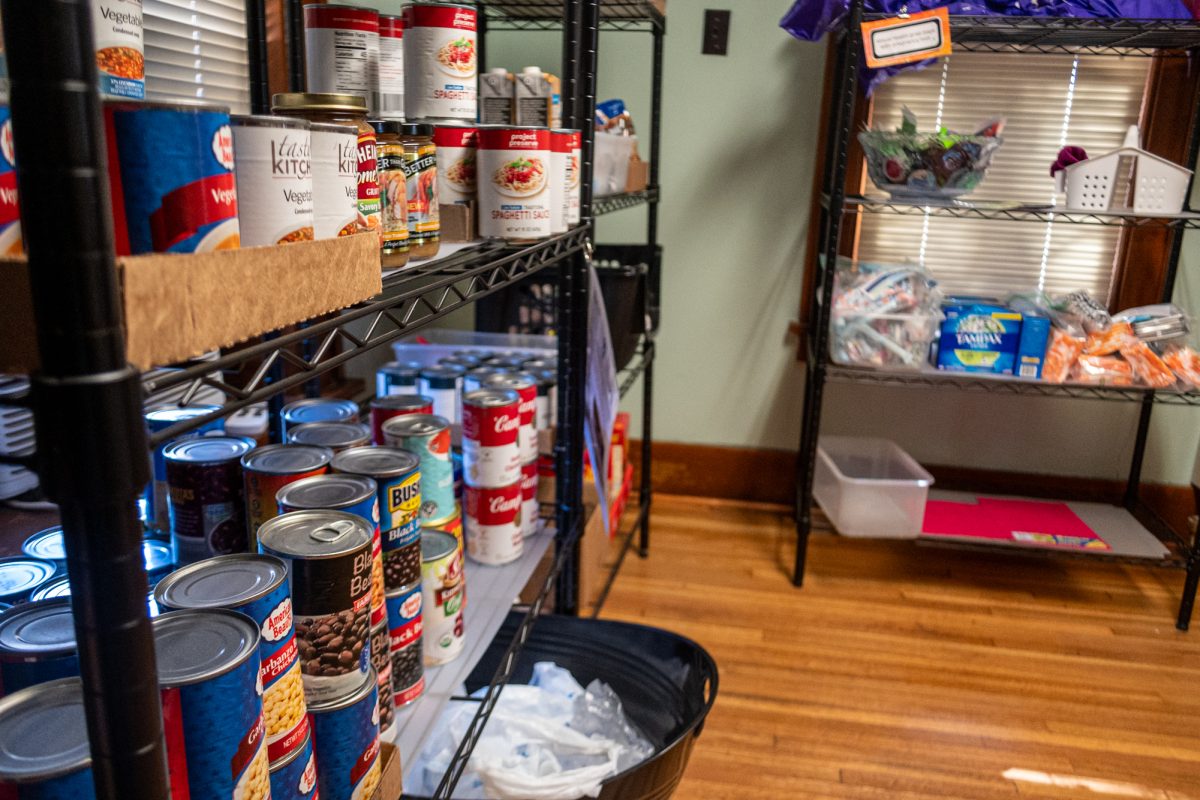Team to make water safe for space
June 20, 2001
Traveling to Mars may soon be a possibility, thanks to a team of ISU researchers and NASA.
Marc Porter, director of the microanalytical instrumentation center (MIC), and his team of researchers have discovered a way to make water continually safe for consumption during space travel.
Last April, the team began searching for a disinfectant that would be viable in space exploration. Chlorine, the usual water-sanitizing chemical, cannot be used in space travel because of its toxic gas state, said James Fritz, distinguished professor at Ames Lab and member of the research team.
Fritz and Porter decided to try iodine in their filtering device. They knew the element would provide clean water by killing bacteria. The problem, however, was knowing how much iodine to use in space.
“Too little iodine would not do the job, and too much would make the astronauts sick,” Fritz said. “What we do is to test the water to see that the right amount of iodine is present, not too little and not too much.”
The three-year project is funded by more than $300,000 a year through a grant from NASA, said Porter, professor of chemistry.
He said the instrument is a small analysis system that detects levels of iodine or silver, which are each used in the spacecraft to treat water.
The machine works by using a 1/2-inch disk which is saturated with a resin and then placed in a holder along with a syringe containing a test sample of water.
The water is manually forced out of the syringe through the disk, and the iodine is extracted off the top of the disk.
A reflectance spectrophotometer then measures the color of the iodine that was extracted.
This color is translated into an amount that researchers can use to determine if the iodine level in the water sample is acceptable. The whole operation takes approximately one minute.
The device will be located where astronauts take in water and food on space shuttles. Water samples will be submitted to the filter at various times throughout a mission to monitor the quality of the water.
Porter said the goal is to develop miniaturized systems that will be able to monitor and control water quality.
The team traveled to NASA’s Johnston Space Center to test their piece of equipment, a filtering system no larger than one or two shoe boxes.
This is the first time working at NASA for Fritz, who is pleased thus far with the team that Iowa State has been paired with at Johnston.
“So far, they seem very professional and nice to work with,” he said.
Fritz said members of the ISU team – Matteo Arena, Marc Porter and Duane Weisshaar – flew a trial of their system on NASA’s KC-135, a reduced gravity airplane, to test ways of monitoring drinking water on spacecrafts.
“Our analytical system worked just fine, but the guys got sick from the diving plane,” he said.
There is no copyright or patent on the device because NASA is the financier of the project and ultimately will use it for their missions. Fritz said the ISU team has hopes of using a broader method for commercial use in the future.
“The fun of the project is working together to really accomplish something useful and not to make money,” he said.
Because NASA needs a long lead-time and very thorough testing, it could be a year or more before the test system is actually used, Fritz said.
“Our short-term goal is to get the filter on the International Space Station,” Porter said. “Our long-term goal is getting it on a trip to Mars.”






